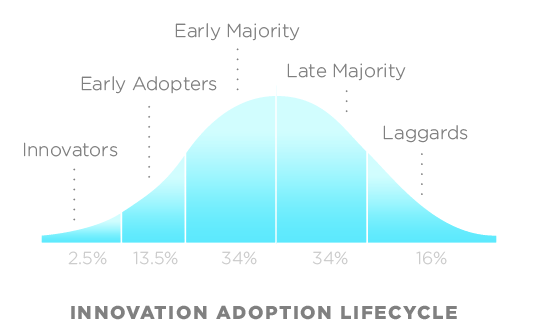With every new iPhone, most of the discussion centers around its look and not what comes inside. But, according to multiple reports, Apple has designed a new 64-bit dual-core A7 system on a chip for the iPhone 5S. It is supposedly 31 percent faster, representing a serious slowdown in spec improvement. It proves that the smartphone market may have matured and that existing smartphone owners won’t feel the urge to upgrade to a new model anymore.
When it comes to smartphone chips, Apple is a lone ranger. It has been designing its own ARM-based chips for a couple of years. It outsources production to Samsung and other manufacturers. But the important part is that only Apple devices use Apple chips. So far, this strategy has proven to be successful.
The iPhone 4S was twice as powerful as the iPhone 4, and had nine times the graphics processing capabilities. The iPhone 5 was once again twice as fast as the iPhone 4S, with twice the graphics performance. That’s why this year’s 31 percent performance boost is lackluster. If the new iPhone is indeed called the iPhone 5S, the ‘S’ will certainly not stand for ‘speed’.
A 31% CPU speed increase sounds like a huge failure to me, specially considering previous generations showed ~100% improvements.—
Paul Haddad (@tapbot_paul) August 26, 2013
On paper, Android phones are more powerful. Right now, the Snapdragon 800 and Tegra 4 both come with at least 4 cores and more raw power. It seems that Apple doesn’t want to compete in the spec game anymore, without giving any explanation.
The main advantage is that Apple can optimize the A7 for its own set of APIs, making it feel faster than it actually is. Even though Snapdragons have more GHz, iPhone apps are still fast because Apple takes advantage of its chip architecture like no one else. The gap isn’t as wide as expected. Moreover, Apple’s custom design strategy improves battery performance.
Apple needs to reduce both component costs and R&D costs
Yet, why were the A6 and the A5 much faster than their predecessors? Because smartphones were not as fast as Apple wanted them to be. If you want to use Siri or play nice games, you need the iPhone 4S. If you want to use the upcoming AirDrop feature, you need the iPhone 5. Now it’s not the same story. Apple probably thinks that the iPhone 5 can run everything perfectly fine, and there is no need to put more raw power. In other words, smartphones have matured.
As smartphones get more widespread, Apple needs to reduce both component costs and R&D costs. The company can’t invest as much money in developing its new chips if smartphones become more and more commoditized products. The company wants to avoid hurting its margin more than it needs.
The A7 needs to be future-proof. While the iPhone 5C will not receive the A7 at first, entry-level iPhones will eventually get those chips. It needs to be powerful enough and cheap enough so that Apple doesn’t have to develop yet another chip next year for its cheap iPhones.

If Apple judges that current chips are becoming fast enough to power iOS for years, iPhone users shouldn’t expect speed increases. Instead, the company will bet on new features and software updates. With market maturation coming soon, Apple faces a nearly overwhelming challenge as well. How do you convince your customers to upgrade their phones?
The same thing happened for the iPod — they got lighter and lighter. In 2001, the original 5GB iPod was 6.5 ounces (184 grams). In 2004, the iPod mini was 3.6 ounces (102 grams). In 2005, the iPod nano was only 1.5 oz (42 grams). At this point, if you already had an iPod and used it as a portable music player, there was no real incentive to upgrade to a new one, except more gigabytes. The same thing is true for your microwave — you only buy a new one if your old one breaks.
Yet, there is one last thing that can be improved again and again on the iPhone — the camera. Everybody uses their phone as their primary camera. It’s the camera that you always have in your pocket. While it has greatly improved over the years, there’s still room for improvement — especially now that HiDPI displays are getting more popular. This single spec upgrade will make people upgrade.
That’s why the most interesting news of the day isn’t the A7, but the new dedicated chip for video capturing. In addition to helping for image stabilization, it could allow you to take 120 fps videos.
If the iPhone 5S can shoot smooth slow-motion videos, it could be the feature that stands out and steals the show at Apple’s event. In fact, the ‘S’ could stand for ‘slow motion’.
(Image credits: Ascii.jp, Wikimedia Commons)
via TechCrunch http://feedproxy.google.com/~r/Techcrunch/~3/EgVWIaHWY9M/



0 Kommentare:
Kommentar veröffentlichen